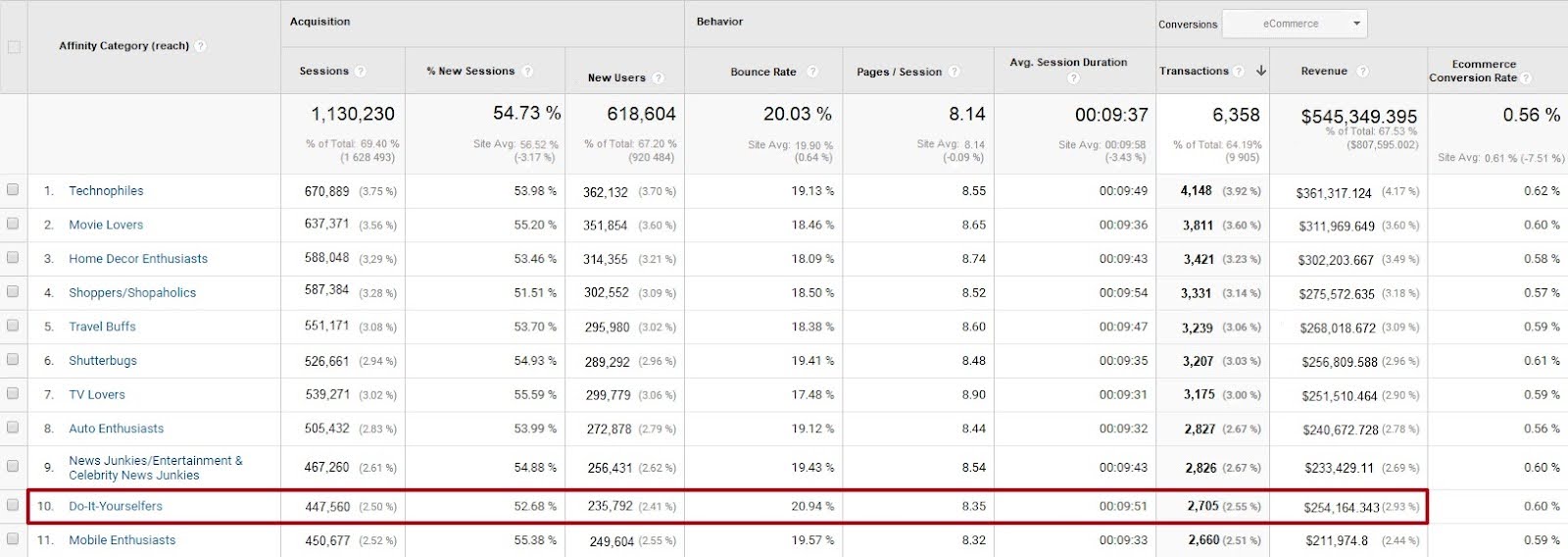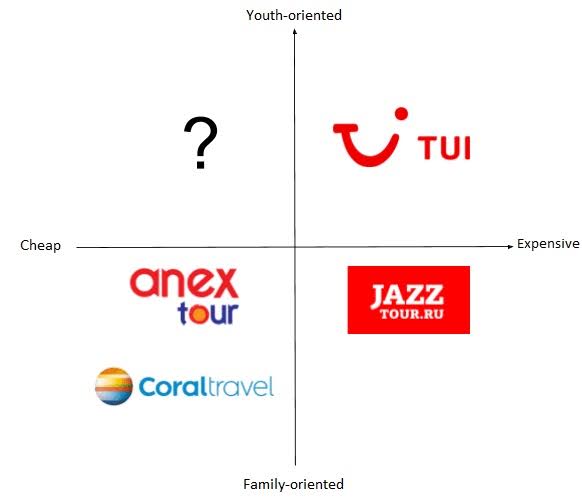Segmentation, targeting and positioning (STP) are the foundations of a marketing strategy. You start with determining the types of customers and dividing them into key segments. Then, you identify profitable target markets for each segment and optimize the product for these markets. As a result, you get a unique selling proposition that meets the needs of the customers and emphasizes the differences between your company and your competitors. In this article, I'll review each stage in more detail.
Market Segmentation
If you want to have a profitable business, it’s not enough just to create a good product and know that there is a demand for it. It's important to accurately forecast sales and build a sales strategy. In order to manage these, it's necessary to understand consumer demands. Therefore, I strongly recommend conducting market segmentation: grouping people into categories with similar needs, demands and interests. Grouping can be based on the following:
- Geography – a country, region, city or another geographic characteristic.
- Socio-demographic characteristics – age, occupation, income, marital status.
- Behavior – lifestyle, interests, habits, beliefs.
- Desired benefits – confidence, social status, safety.
This is just a basic part of possible segments. The number may vary from market to market, while new customer groups that you haven't even noticed before might emerge during your research.
Let's say you own a travel company. Having analyzed the target audience, you identified three segments of tour purchasers.
After analyzing the target audience, we identify three segments of tour buyers.
- Newlywed couples – they prefer a turnkey, reasonably priced vacation in an exotic place.
- Family couples – they are interested in safe tours that are fun for adults and kids.
- People over 45 but under 64 years old – they choose quiet tours with excursions in popular countries and cities.
Now let's determine how to deal with each segment and identify the main one.
Targeting: Select the Most Valuable Segment
Once you have identified the market segments, start developing marketing strategies and promotional plans based on the preferences of each group.
Review the profitability of each segment. Evaluate and analyze which customer segment makes more purchases and therefore generates more revenue. You may underestimate these customers but should pay more attention to them.
I recommend trying out Google Analytics, which collects a report on user interests. It shows that the Do-it-Yourselfers category takes 10th place in terms of transactions, and 6th or 7th place in terms of revenue. Hence the conclusion is that targeting this segment will yield more benefits than targeting customers from other groups.
Analyze the potential growth of each customer group – it will help you estimate the size of the market. Determine segment size by the number of products sold, sales or services rendered in a region or across the country.
Consider how effectively the organization serves the group. I recommend conducting PEST-analysis – it will help you understand how political, economic, social and technological factors affect each audience segment.
Your travel agency has analyzed the profitability and size of each group over the past year.
- Newlywed couples – USD 80,237.
- Family couples – USD 46,823.
- People over 45 but under 64 years old – USD 30,775.
Afterwards, you decide to promote tours for newlywed couples and focus your business on them. The only thing left to figure out is positioning.
Offer Positioning
This is the last stage of the research. It’s important to position the product correctly in order to meet the expectations of the audience. Draw a perceptual map – it visualizes consumers' perceptions of the company. Reflect on why customers should buy your product, not your competitors’.
The perceptual map will help you create a unique product offer and understand how to position the product more effectively: what to refine and what niche to occupy. Remember that consumers perceive different offers as more unique and valuable.
You focus on the Newlywed Сouples segment and position yourself as a travel agency offering vacations to exotic countries at a low price.
You conduct an advertising campaign on Facebook and arrange a contest for the most interesting story about a trip to an exotic country. The prize for the best story is a trip to the sea. Due to these, the potential clients consider your company as a successful travel agency and trust you more.
Segmentation, targeting, and positioning help to work effectively with different consumer groups and boost profitable parts of the business. You will understand how people perceive your brand and what sets it apart from competitors. Use STP in your marketing strategies and make valuable offers for your clients.





